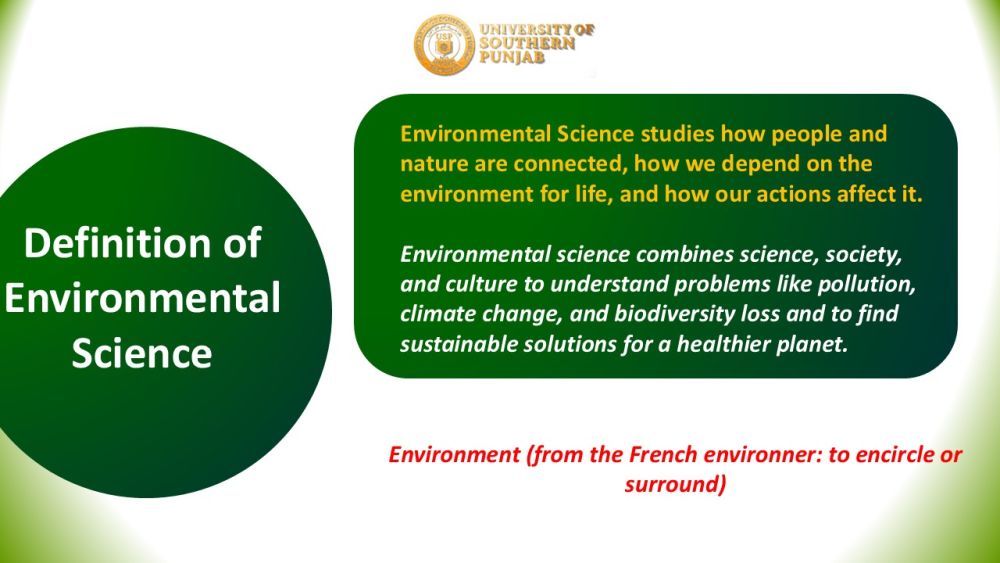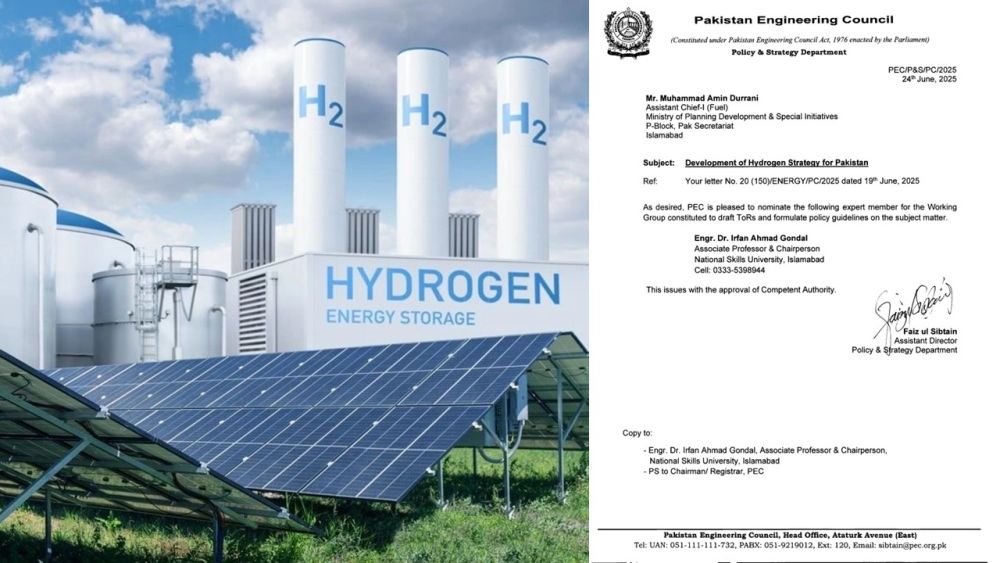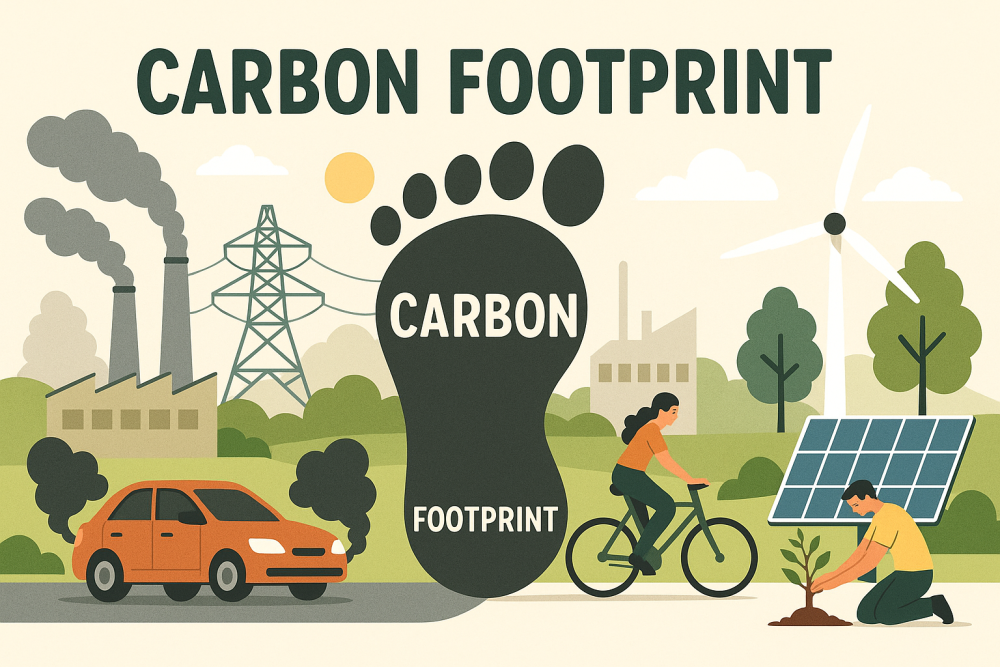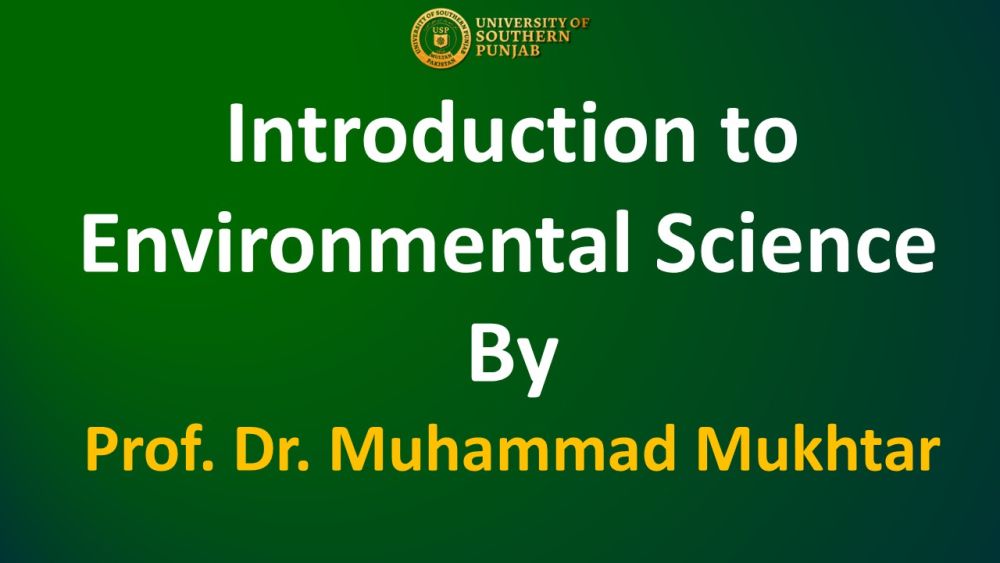68/25 Lecture 3A Understanding the Importance of Studying the Environment - Introduction Environmental Science
Posted 1 month ago
Video for this Lecture is available HERE
Narrative Overview
Today, we begin by exploring a fundamental question — Why study the environment?
To understand this, we must first recognize that nature is the ultimate life-support system. Long before humans appeared, Earth had already established a delicate balance of air, water, soil, and living organisms. Every breath we take, every meal we eat, and every drop of water we drink emerges from that natural world.
But alongside nature, humans have created another world — the human-made world — composed of cities, technologies, industries, and social systems. This world represents human creativity and intellect, yet it continuously draws upon and impacts the natural world.
The real challenge and beauty of environmental science lie in finding balance between these two worlds.
When we study the environment, we are not merely protecting forests or oceans; we are protecting the foundations of human existence and the prospects of future generations.
Key Concepts
- Nature as the foundation of life: Air, water, soil, biodiversity, and sunlight are essential for survival.
- Human-made systems: Society, infrastructure, and technologies that rely on natural resources.
- Interdependence: Humanity and nature are intricately linked; neither can thrive in isolation.
- Sustainability: Living within the planet’s limits while advancing human well-being.
Example
Think of the Earth as a finely tuned orchestra. Every instrument—trees, river, atmosphere, soil microorganisms plays its part. Human activity acts as a new instrument: powerful and creative, but when it plays too loudly, it disrupts the harmony. Environmental science teaches us how to bring that orchestra back into tune.
Defining Environmental Science
Narrative Overview
Environmental Science is more than a discipline; it is a bridge between nature and human civilization. It explores how we depend on our surroundings and how our choices shape the Earth’s future.
The term environment itself comes from the French word environner, meaning to encircle. The environment truly encircles us—it shapes our health, economy, and even our culture.
Environmental science brings together science, society, and ethics. It examines issues like pollution, deforestation, climate change, and biodiversity loss, and then asks: How can we create sustainable solutions?
Key Concepts
- Definition: Environmental science studies the relationship between humans and their natural surroundings.
- Scope: Combines natural sciences (biology, chemistry, physics) with social sciences (economics, sociology, anthropology).
- Objective: Understanding, managing, and protecting Earth’s life-support systems.
- Outcome: Sustainable solutions for a healthy planet.
Example
When scientists study air pollution, they use chemistry to analyze pollutants, physics to understand dispersion in the atmosphere, and sociology to explore human behaviors causing emissions. That’s the interdisciplinary strength of environmental science.
What Is Environmental Science?
Narrative Overview
At its core, Environmental Science is an interdisciplinary field that investigates how natural and human systems interact. It applies to the principles of physics, chemistry, and biology to solve real-world challenges such as water scarcity, pollution, and energy crises.
It also encourages critical thinking how our lifestyle, industries, and technologies shape the environment and how we can innovate for sustainability.
Key Concepts
- Interdisciplinary nature: Integrates various sciences and humanities.
- Focus areas: Air, water, soil, ecosystems, and human impact.
- Goal: To use scientific knowledge for responsible environmental decision-making.
- Societal relevance: Guides policies and technologies for a sustainable future.
Example
Think of water pollution. Understanding it requires:
- Chemistry: To identify contaminants
- Biology: To measure effects on aquatic life
- Physics: To model flow and dilution
- Social Sciences: Designing effective regulations
Only by merging these fields can we create meaningful solutions.
The Interdisciplinary Nature of Environmental Science
Narrative Overview
One of the defining features of Environmental Science is its interdisciplinary framework. Environmental problems rarely belong to one field; they sit at the crossroads of nature, society, and technology.
Considering climate change, it involves atmospheric physics, economic policy, ethical considerations, and behavioral change. Addressing it demands cooperation across disciplines and borders.
Environmental Science teaches us to view the Earth as a single interconnected system. A disturbance in one component say, deforestation affects carbon cycles, climate, biodiversity, and human livelihoods. Recognizing these links is key to sustainable living.
Key Concepts
- Integration of disciplines: Natural + social sciences.
- Systems thinking: Understanding interdependence of components.
- Sustainability lens: Balancing human needs with ecological integrity.
- Policy relevance: Guides to environmental laws, planning, and global agreements.
Example
When developing renewable energy projects like wind farms:
- Engineering ensures technology works efficiently.
- Ecology ensures local species are protected.
- Economics ensures cost-effectiveness.
- Sociology ensures community acceptance.
Together, they create sustainable progress.
🧩 Possible Examination Questions and Model Answers
Section A — Multiple Choice Questions
- The term environment originates from which language and means what?
A. Latin; "to protect"
B. Greek; "to nurture"
C. French; "to encircle or surround"
D. German; "to interact"
✅ Answer: C - Environmental Science is best described as:
A. The study of plants and animals only
B. The study of human behavior
C. An interdisciplinary field studying interactions between humans and the natural world
D. The chemistry of pollutants
✅ Answer: C - Which of the following is not a component of the natural environment?
A. Air
B. Water
C. Social systems
D. Soil
✅ Answer: C
Section B - Short Answer Questions
- Define environmental science in your own words.
✅ Answer: Environmental science is the study of the interactions between humans and their environment, integrating natural and social sciences into solving environmental problems and promote sustainability. - Why is environmental science considered interdisciplinary?
✅ Answer: Because it combines multiple disciplines such as physics, biology, chemistry, sociology, and economics to understand complex interactions between natural and human systems. - Explain one reason why studying the environment is crucial for humanity.
✅ Answer: It helps us understand how natural systems support life and how human activities can harm or sustain these systems, ensuring long-term survival and well-being.
Section C - Long Answer / Essay Questions
- Discuss how the human-made world depends on the natural world. Provide examples.
✅ Answer:
The human-made world, our cities, industries, and technologies rely entirely on natural resources such as air, water, minerals, and energy. For instance, manufacturing depends on raw materials from Earth, and agriculture relies on fertile soil and predictable climate patterns. When natural systems are degraded, the human-made world suffers, as seen in resource scarcity and pollution-related health crises. - Explain the significance of the interdisciplinary nature of environmental science in solving global problems.
✅ Answer:
Environmental challenges like climate change, deforestation, and pollution are complex and cannot be solved through one field alone. The interdisciplinary approach allows integration of scientific understanding (to diagnose problems), economics (to assess costs), sociology (to change behaviors), and politics (to enact laws). This holistic perspective is essential for sustainable, real-world solutions. * - “In protecting the environment, we protect ourselves.” Discuss.
✅ Answer:
The environment provides essentials like air, water, and food. Degrading endangers human health and survival. For instance, air pollution leads to respiratory diseases, and water contamination affects food safety. Thus, environmental protection is not merely an ethical act toward nature, it is a necessity for human well-being and security.*
The University of Southern Punjab, Multan, Pakistan, recognizes education as a shared social responsibility and a powerful instrument for community uplift. The University reinforces its commitment to environmental awareness, sustainable living, and civic engagement by offering the Introduction to Environmental Science course to students and the general public. This initiative enriches students’ understanding of how natural systems support life and empowers the wider community to make informed decisions for a cleaner, healthier, and more sustainable future. Through this program, USP takes a leading role in transforming knowledge into action, inspiring and motivating the collective well-being of South Punjab and beyond.





